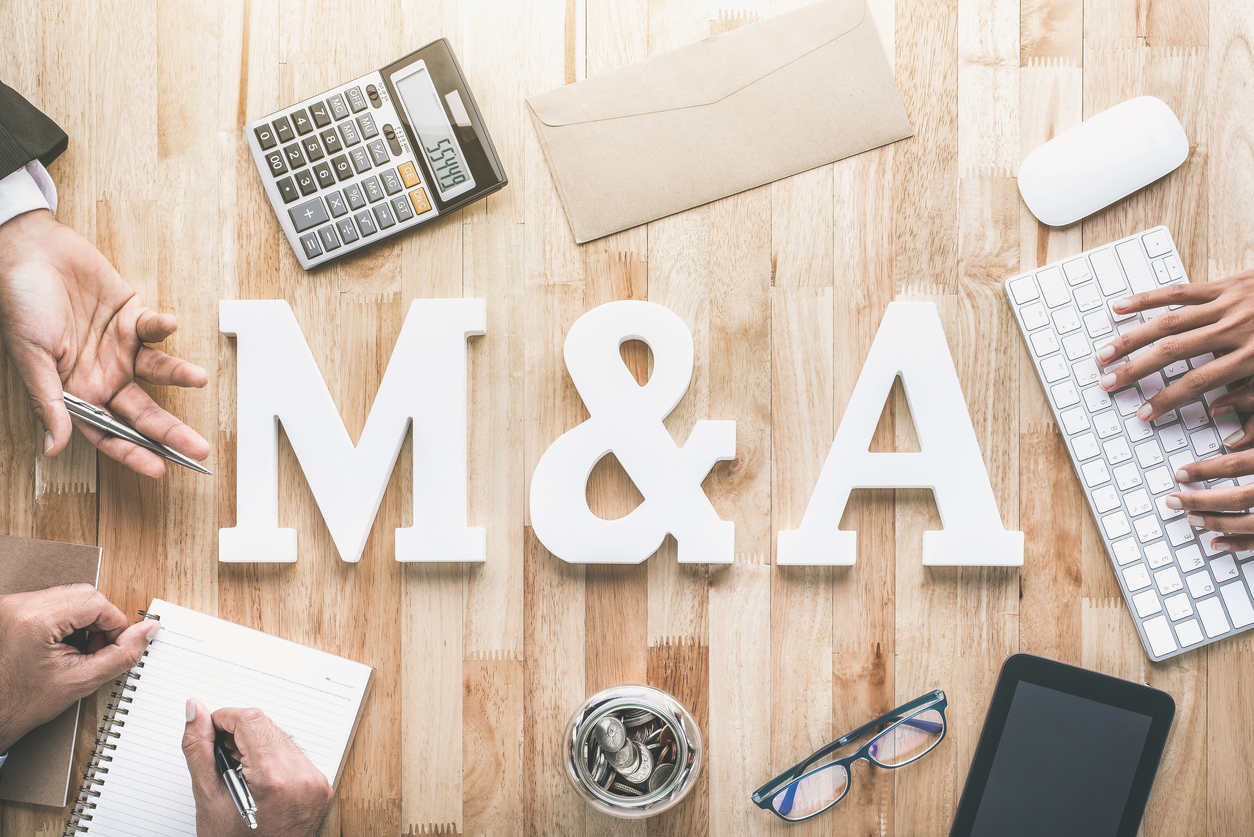Impact on Policy Exclusions
Buyers can expect that term sheets (known in the industry as non-binding indication letters or NBILs) from insurers bidding on new transactions will propose COVID-19 pandemic coverage exclusions. Depending on the operational profile of the target company, it may be possible for buyers to obtain tailored language that avoids a broad exclusion for any losses “arising out of or resulting from [COVID-19]”, but buyers will likely need a good explanation as to why an insurer should agree to such language. Additionally, for deals with an interim period between signing and closing, buyers may find that insurers will tailor a COVID-19 exclusion in respect of the representations as of signing but, due to the ongoing uncertainty of the impact of the virus, insist on a broader COVID-19 coverage exclusion in respect of the representations as of closing. We recommend that buyers discuss any desired modifications to the COVID-19 exclusion at the NBIL stage to ensure certainty on this point before moving forward with an insurer.
More broadly, the likelihood of some form of policy exclusion related to COVID-19 will require the parties to the transaction to otherwise allocate the potential adverse impact of the pandemic amongst themselves, for example through a special indemnity, a purchase price reduction, or a deferred payment or earnout type arrangement.
Impact on the Purchase Agreement
Buyers can expect that insurers will be paying particular attention to those representations and warranties that might be affected by the COVID-19 pandemic, including representations regarding absence of changes, customers and suppliers, employment matters, import-export compliance and IT. This may result in deemed changes by the insurer to the language of certain representations in the purchase agreement for the purposes of the insurance policy, a trend that began prior to the COVID-19 pandemic. For example, pre-pandemic market trends saw insurers more frequently requiring deemed “knowledge” qualifiers to representations regarding third-party investigations or limiting representations on notice of claims to those received in writing. Buyers can also expect insurers to review the use of "Material Adverse Effect" definitions in the acquisition agreement to determine how the effect of COVID-19 is addressed, both in the representations and warranties and as a closing bring-down standard.
Impact on Legal and Commercial Diligence
Buyers can expect that insurers will want to see that the possible effects of the COVID-19 pandemic on the operations of the target company have been considered in due diligence. These considerations will obviously vary depending on the circumstances of the target, but may include whether supply chains and the provision of goods and services have been or could be affected, whether the target company is an “essential business”, whether the target company is prepared to address mandatory facility closures or shelter-in-place orders as well as virus-related absenteeism and worker health and safety issues, whether the target company’s IT infrastructure can adequately support remote work requirements, and how the target company is complying with any minimum purchases or sales provisions in material contracts. Additionally, buyers should be ready to discuss with insurers how they are addressing COVID-19 limitations on their due diligence process, e.g., have any physical movement limitations on diligence teams affected the scope or quality of diligence reports, and what impact has resulted from any inability to conduct commercial and environmental site visits, meet in-person with management, or engage in other customary face-to-face diligence interactions?
Impact on Bring-Down Calls
For transactions that were signed prior to the worsening of the global pandemic and are expected to close in the near-term, buyers can expect that insurers will ask a range of questions on the bring-down underwriting call about the impact of the COVID-19 pandemic on the target company during the interim period, e.g., how has the target addressed operational and compliance issues that have arisen due to the pandemic during the interim period, and has there been a Material Adverse Effect on the target company as a result of COVID-19? Buyers should be prepared to answer these and similar questions on closing bring-down calls to ensure that such calls run smoothly. As a general matter, certain portions of both initial underwriting calls and bring-down underwriting calls with insurers may be lengthier as insurers scrutinize a critical type of coverage risk that is difficult to assess.












